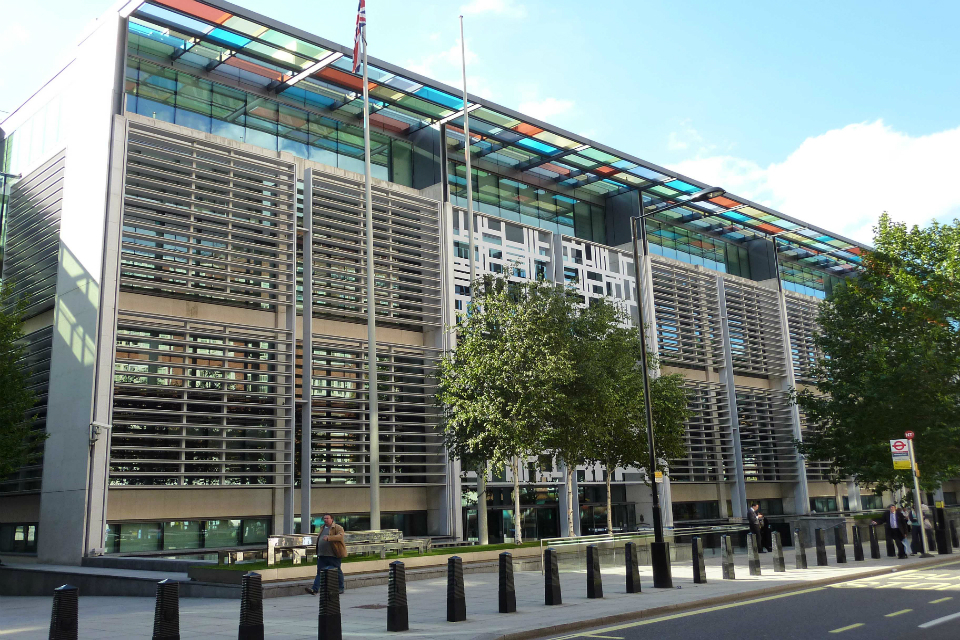
- Select a language for the TTS:
- UK English Female
- UK English Male
- US English Female
- US English Male
- Australian Female
- Australian Male
- Language selected: (auto detect) - EN
Play all audios:
Tom Adams, head of research at savings advice site SAVINGSCHAMPION.CO.UK, said NS&I is a popular safe haven, but better rates are available for those willing to try less familiar names
protected by the FSCS: “Challenger banks Atom Bank, Masthaven and Investec all pay a generous 1.85 per cent fixed for one year, which is comfortably ahead of the 1.50 per cent that NS&I
pays over the same period.” NS&I is much harder to beat over three years, with Atom Bank ahead by a whisker, paying 2.20 per cent on £50 and above rather than £500. Adams said these
bonds are unlikely to reach the same giddy heights of popularity as Pensioner Bonds, which start to mature in 2018: “At least savers now have government-backed options that are broadly in
line with the market.” Damien Fahy, founder of personal finance website MONEYTOTHEMASSES.COM, said it is a sign of the times that we are getting excited at rates that are well below
consumer price inflation, currently 3 per cent: “Until inflation falls below 2.2 per cent savers are guaranteed to lose money in real terms.” The big banks are finally increasing savings
rates after last November’s interest rate rise, but are still well off the mark, according to research from MONEYFACTS.CO.UK. Barclays, Halifax Everyday Saver and Lloyds Easy Saver accounts
pay 0.20 per cent, NatWest Instant Saver Account pays just 0.10 per cent.





